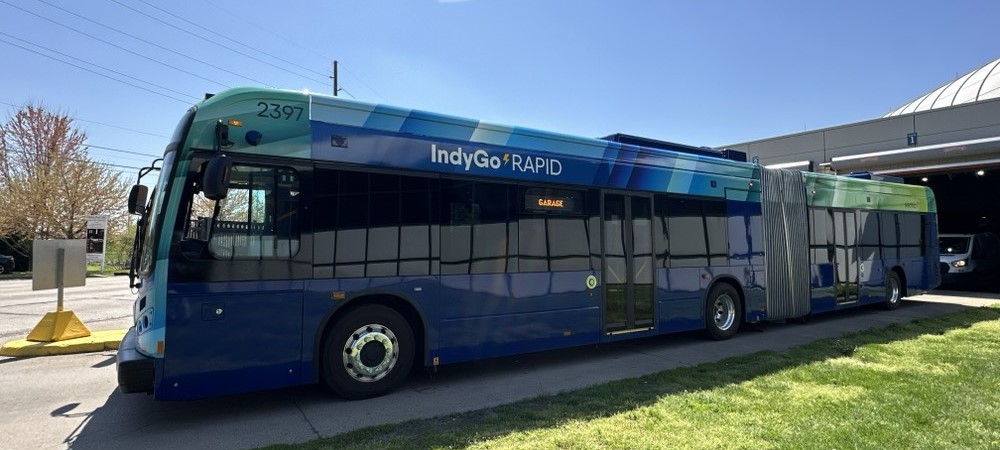Streetsblog has previously covered the effort to transform Tysons Corner, a bustling but car-oriented and traffic-plagued jobs center in Fairfax County, Virginia, into a walkable, transit-oriented corridor based around four new Metro stations -- similar to the immensely successful redevelopment of the Wilson Boulevard corridor in Arlington, just a few miles to Tysons' northeast.
The project represents a unique and ambitious attempt to re-engineer a textbook example of 1960s-era job sprawl. But it has been difficult for many residents of Fairfax, the quintessential suburban county, to accept that the tangled streets of Tysons can be changed into something safe and accommodating of pedestrians.
Regulators, too, are struggling to get behind the shift. Just this week, the Washington Post reported that planners preparing zoning changes for the redevelopment are having second thoughts, and are looking to reduce the allowable density and add new highway interchanges to the plan. Old ways die hard.
George Mason economist Tyler Cowen has long been a skeptic of the project. Apropos of the Post's story, he wrote this week:
It seems the eight “mini-cities” are on the way out. Why? The area’s Revolutionary War era roads can’t handle too much additional population density…
That is, in a nutshell, why Fairfax County cannot and will not become like central Arlington in the Ballston and Clarendon areas. Recall that some time ago Tysons Corner was ranked as #4 in office space in the entire U.S., if it were to be counted as a city. Many Fairfax County residents look upon Arlington as a quaint experiment, a kind of well-laid out duck pond in somebody’s backyard, but not a model for the broader suburban area. The walkable part of Arlington is quite small compared to Tysons Corner (by the way I used to live at Tysons and also have spent time walking it) and density in central Arlington doesn’t threaten to crush much of anything…
Rent-seeker he may be, but he’s right to suggest that a much denser Tysons — no matter how well done — will overwhelm the local support roads of Vienna and McLean. The bottom line is that path dependence is a very strong force in all these comparisons.
This doesn't make much sense. Let’s begin with the obvious — Cowen, a libertarian, seems to approve of the fact that a local planning board will dictate the size of buildings which can be built. What is the justification for this, from his perspective?
Presumably, reducing the opportunity to build in such an economically important area will have significant economic costs, which might well be far greater than the cost of added congestion. Why does Tyler think that the best way to address congestion is through onerous zoning restrictions, rather than, say, tolling or a congestion charge?
There is no attempt here to examine the relative costs and benefits of various options; he just seems to yell “traffic!” and throw up his hands. That’s not a very economic approach.
There are other odd statements in Tyler's analysis. Tysons’ Revolutionary War-era roads inhibit dense building, but Arlington’s and Alexandria’s do not? Tyler is wrong; in terms of land area and employment, Arlington’s walkable areas are quite comparable to Tysons.
And what he doesn’t think to ask is why significant density in Arlington doesn’t threaten to crush much of anything. He seems to assume that it’s either because there aren’t that many people there (wrong), because the area was built to handle vertical density (wrong), or…something else.
There are several important factors. One is that Arlington has a greater residential population than Tysons — more than 200,000 people live in the county, while just 18,000 live in Tysons Corner — much of which lives within easy reach of Metro stations. At present, most Tysons workers live several miles or more away from their jobs and drive to get to them. Perhaps this choice reflects a preference for driving to work, but it’s difficult to know because residential options (and related amenities) are so limited within Tysons.
If lots of housing opportunities are created within walking distance of Tysons jobs, workers will respond to the reduction in commuting costs made possible by such development and will relocate there. Congestion may actually speed this transition, ensuring that residential amenities grow more rapidly within Tysons and reinforcing the transition.
At any rate, a larger residential population within Tysons will mean that a larger share of Tysons workers will walk to work. The presence of Metro will mean that a larger share of commuters will take Metro to work.
And here is one of the most important points of all. At present, most trips within the Tysons area require a person to get in his car and drive. Daytime errands, trips out to lunch, or meetings at buildings across the way mean, by and large, a car trip, because the pedestrian and transit infrastructure is so bad within the area, and because density is reduced as a result.
The big idea of the plan is to fix this. If you work in Clarendon you can walk to get lunch, walk to the nearby copy shop, and Metro to other offices in Ballston, and Rosslyn, and Washington. Not everyone gets around in this way. Many people continue to drive. But by creating the walking and transit options, a large share of the intra-area traffic is removed from roads, clearing the way for inbound and outbound traffic.
I suppose it is open to debate whether these traffic-mitigating effects will offset increased demand for road space generated by the redevelopment, but Tyler seems uninterested in exploring the question. Certainly, the Arlington experiment offers hope for Tysons, even if Fairfax residents foolishly think of it as a duck pond while they cool their heels in traffic. And I’m not really sure what kind of future Tyler sees for Tysons in the absence of this kind of redevelopment.
At any rate, it does seem odd that once again, we have a libertarian-ish figure cheering on the planners’ decision to artificially reduce density.





